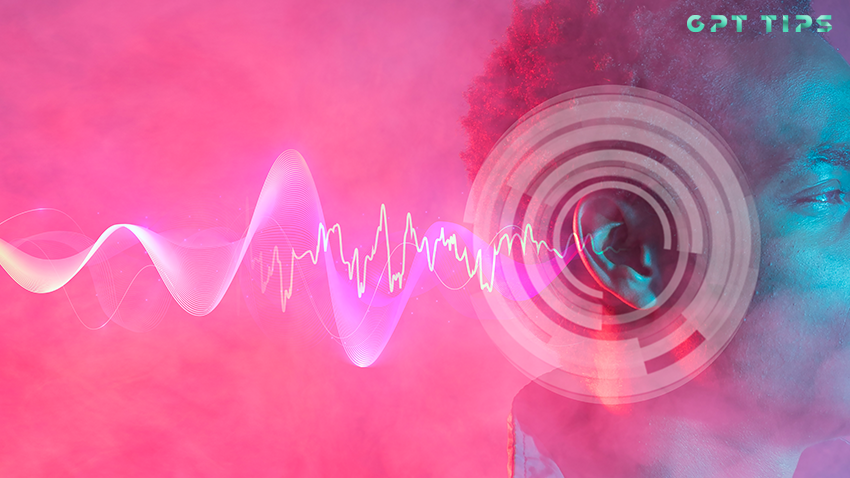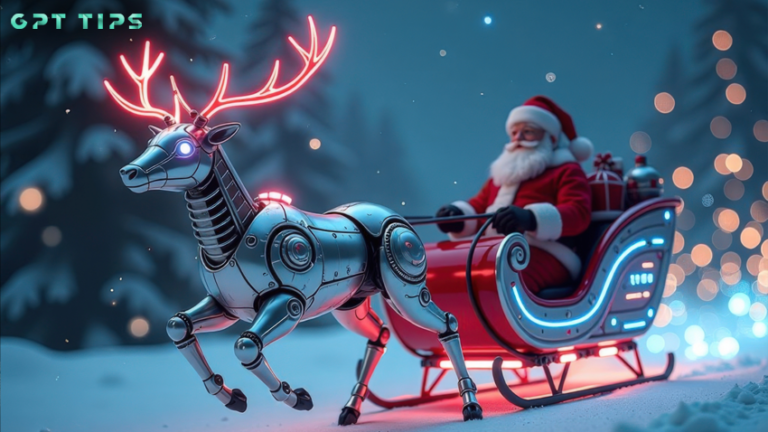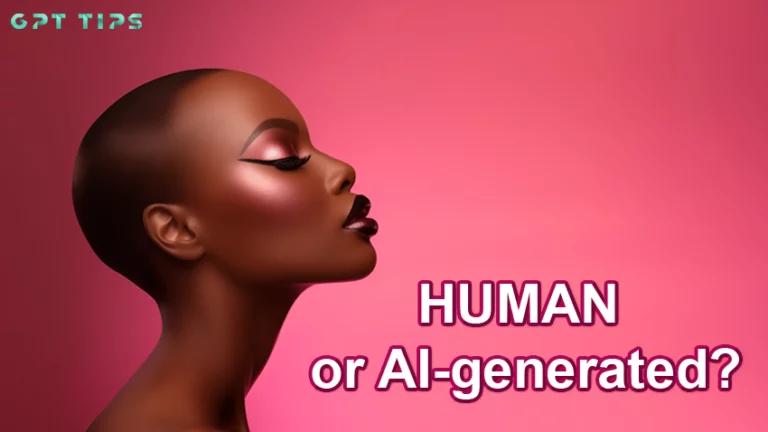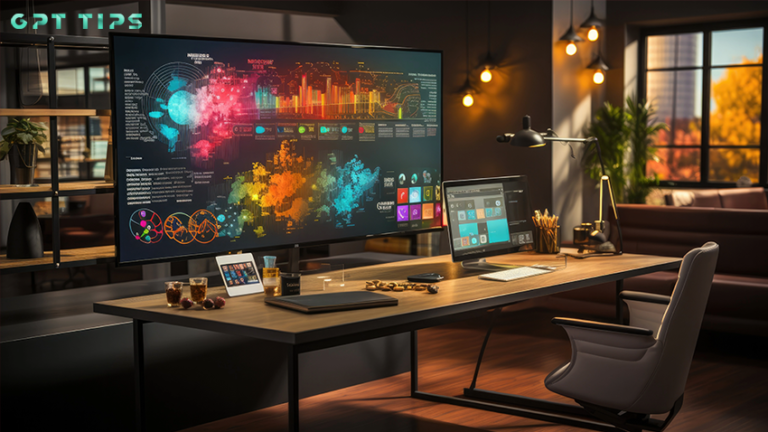When we think about creativity, we often envision artists, musicians, and their masterpieces. But what happens when we introduce the world of artificial intelligence (AI) into these creative realms? The result is a harmonious fusion of human ingenuity and machine intelligence that is reshaping the landscape of both music and visual arts. Keep reading to find out more about AI in Music and Visual Art.
The Synergy of Music and AI
Creating Music: AI is not just crunching numbers; it’s composing symphonies. Thanks to algorithms and neural networks, AI can analyze the patterns in music and generate original compositions. Whether it’s crafting classical pieces that rival Mozart or producing modern tunes, AI is changing the way music is made.
AI in Music:
- Amper Music: Amper is an AI music composition tool that allows users to create custom music tracks for various purposes, including video soundtracks and background music. It can generate music in different styles and moods, providing an extensive library of AI-generated compositions.
- Magenta by Google: Magenta is an open-source project by Google that explores the intersection of AI and music. It includes tools like NSynth, which uses neural networks to create entirely new sounds, and MusicVAE, which generates unique musical sequences.
- AIVA: AIVA is an AI music composition tool that has been used to compose music for orchestras, soundtracks, and more. It is capable of producing intricate classical compositions and modern music.
- Jukedeck: Jukedeck uses AI to generate music for various applications, such as videos, podcasts, and games. Users can customize the style, mood, and length of the music they need.
Enhancing Creativity: Musicians are using AI as a creative partner. AI can suggest chord progressions, melodies, and even lyrics, helping artists break through creative blockades. The collaboration between human artists and AI is pushing the boundaries of what’s possible in music.
AI in Visual Arts:
- DeepDream by Google: DeepDream is an AI tool developed by Google that transforms photos into surreal and abstract artworks. It uses neural networks to enhance and modify images, creating unique visual styles.
- Prisma: Prisma is a mobile app that applies artistic styles to photographs using AI algorithms. It can make your photos look like famous paintings, adding artistic flair to your images.
- Runway ML: Runway ML is a creative toolkit that allows artists and designers to experiment with AI in various ways, including style transfer, text-to-image generation, and object recognition. It offers accessible tools for visual experimentation.
- GANs for Art: Generative Adversarial Networks (GANs) have been used in the creation of art. Artists and AI developers use GANs to generate new artworks, ranging from realistic portraits to abstract compositions.
- AI-Generated Portraits: AI has been used to generate lifelike portraits of people who never existed. These AI-generated portraits have been used in various applications, from character design in video games to storytelling.
Visual Arts Redefined by AI
Artistic Style Transfer: AI can take a photograph and apply the style of famous painters like Van Gogh or Picasso to transform it into a stunning artwork. This process, known as artistic style transfer, allows artists to explore new avenues of creativity.
Generative Art: AI algorithms can generate unique and intricate artworks that challenge our understanding of art. Artists use these algorithms to create intricate patterns, abstract designs, and even digital sculptures that are gaining recognition in the art world.
AI Challenges the Boundaries of Creativity
AI in music and visual arts isn’t just about imitation; it’s about innovation. These technologies don’t replace human artists; they complement them. They serve as tools that enable artists to explore new horizons, experiment with ideas, and stretch the limits of their creativity.
Ethical and Philosophical Considerations
As AI creates art, it also raises important questions. Who owns the rights to AI-generated art? Does AI have the capacity for genuine creativity, or is it merely mimicking human creators? These philosophical and ethical debates are pushing us to redefine our understanding of creativity.
You Might Want to Read Next: Exploring the Controversy Will AI Art Get Banned
The Future of AI in the Arts
The harmonious fusion of AI and art is an exciting journey. We are witnessing a new era where machines can challenge, inspire, and collaborate with human creativity. As AI continues to evolve, it promises to bring even more innovation to the worlds of music and visual arts, opening up uncharted territories of imagination.
In this fascinating era of artistic exploration, AI is not a replacement for human creativity; it is a companion, an amplifier, and a source of fresh inspiration. It’s a reminder that, even in the age of technology, the harmony of human and machine creativity can produce astonishing results.
Subscribe for the latest news & updates.






Leave a Comment